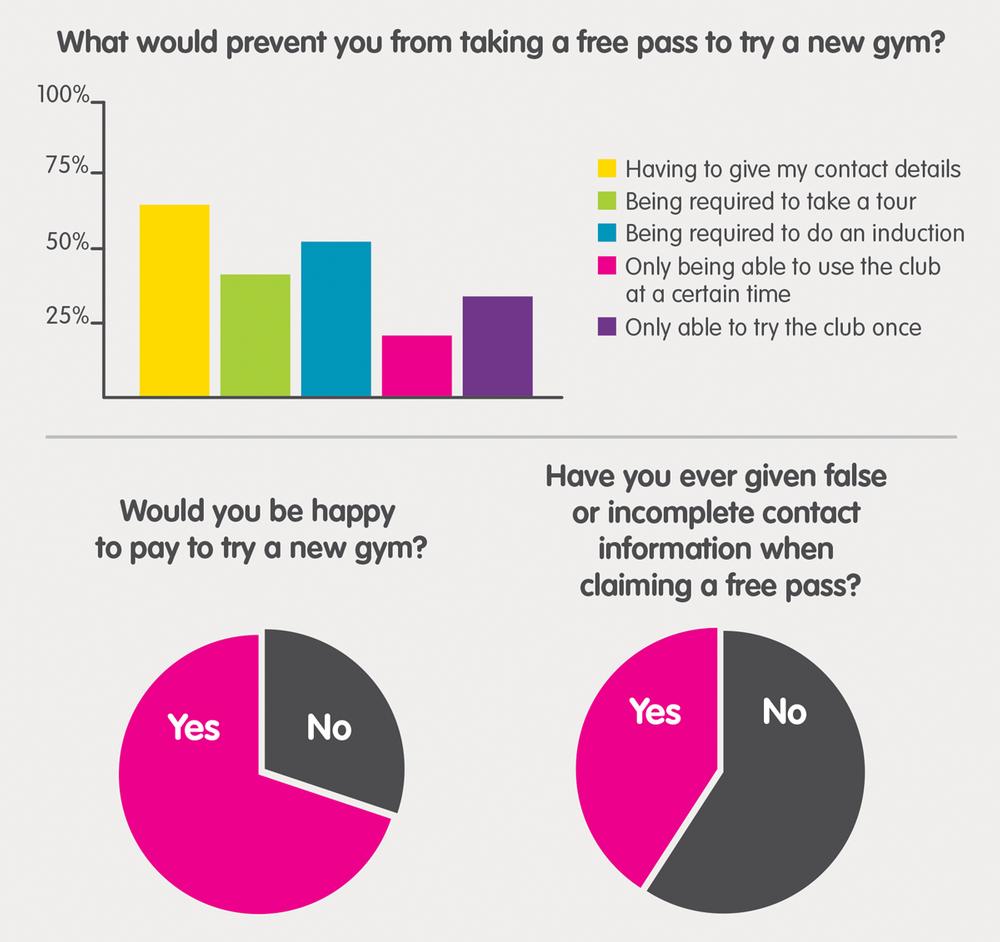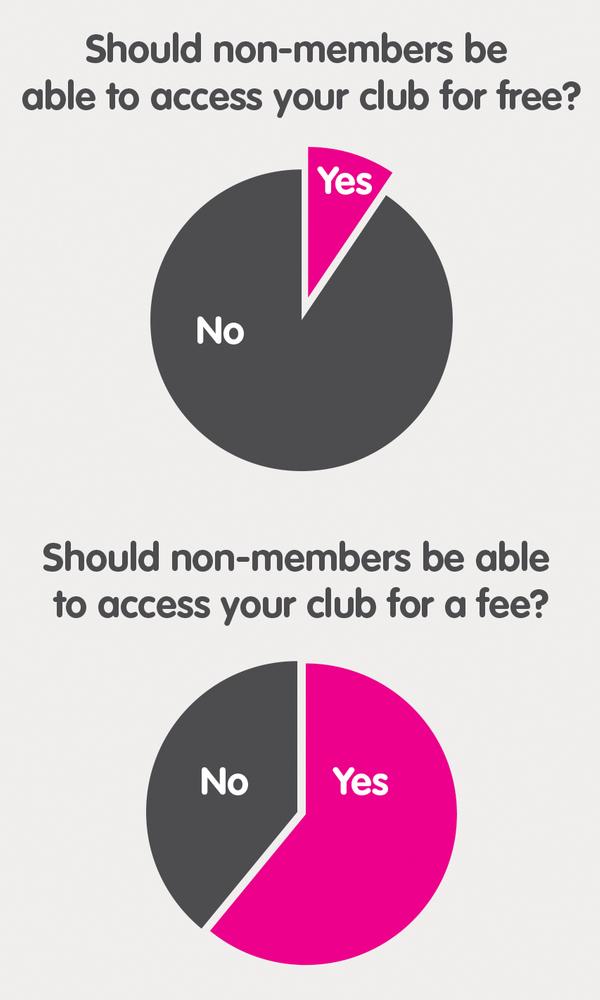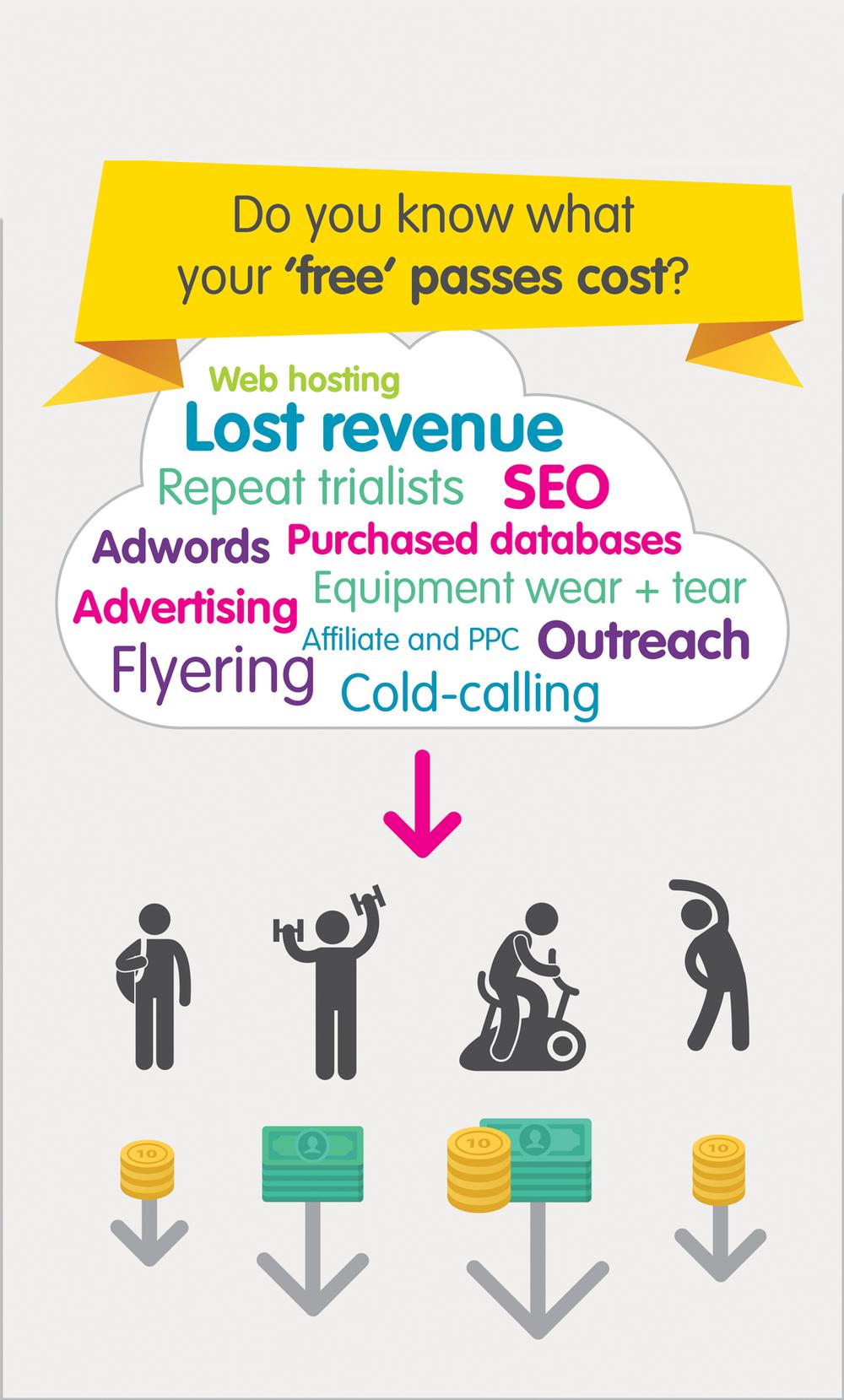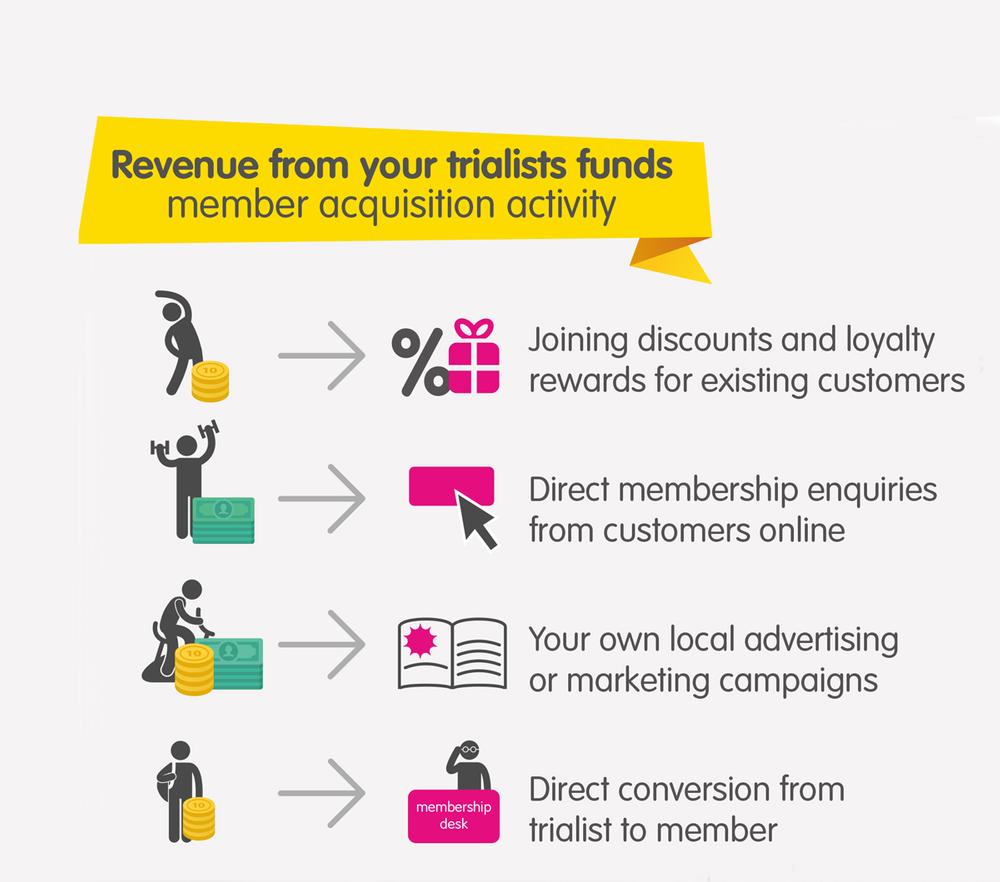Are free passes destroying your business?
Each year, the leisure and fitness industry gives away tens of millions of pounds worth of free access to their facilities. Prospective new customers are encouraged to try the facilities, and once through the door, the sell can begin.
But customers have changed, as has the way that they buy. Over the past 3 years operators have reported a significant decline in the volumes of walk-in customers taking a free guest pass. This has been driven by a number of factors, most notably an increase in customers’ tendency to browse, compare, and purchase online. Customers have also become increasingly unwilling to part with personal details, especially in a marketplace that consistently receives poor PR for aggressive sales tactics.
So we surveyed 1,500 customers to find out why free passes weren’t working for them, and to better understand how gym operators can attract the right customers to their clubs. The findings highlight an industry addicted to an increasingly ineffective way of marketing to new customers.
Free passes come with strings attached
Customers know that the “free” pass being offered is in fact being exchanged for their personal contact details, so that they can be marketed at. Almost 70% of customers pointed to this as being the primary factor in preventing them from taking advantage of a free pass. More worryingly, over a third of people who had used a free pass admitted to giving false or incomplete contact details to avoid being added to marketing lists.
Parting with contact details is not the only thing stopping customers from taking up the offer of a free trip to the gym. Requirements to take inductions, guided tours and restrictions on the times that they can visit are all identified by customers as barriers to trying a new club for the first time.
Free passes keep the best customers out (and let the worst in)
The best customers are those who attach a value to your product or service, and who are prepared to pay for it from the outset. These customers display a much higher purchasing intent, and unsurprisingly a higher propensity to convert to membership on the back of a positive experience at the club.
Of the customers surveyed who had used a free pass in the previous three months, over 80% said that they had no intention of joining the club, but had taken the pass because it was free.
Free passes come with a very real security risk to operators too, as there is very little control over who is coming in. Strangers visiting the club can do so by simply filling in a short form, and unless proper data validation processes are in place this exposes the operators and existing members to instances of theft or vandalism. Requiring the customer to purchase access with their credit or debit card and receive their access code to their mobile phone eliminates these risks.
Most operators will be familiar with repeat trialists, always on the look-out for the next free pass into the gym. Keeping these customers out can be a challenge as it is reliant on staff recognising the people who come back time and again. At PayasUgym we’ve recently introduced functionality to flag repeat users to staff on arrival, helping identify customers who really should be signing up when they arrive at your club.
Your existing members don’t like free passes
Free passes don’t just erode the value of your product in the eyes of prospective customers – existing members resent them and are prone to regard their membership as subsidising free access for non-members. Of the customers surveyed who held a gym membership, 88% said that they did not think that non-members should be able to access their club for free, while 64% felt non-members should be able to access the facility for a fee.
Free passes cost more than you think
Quantifying the precise cost of each free pass can be difficult, as the cost of each element will vary significantly from club to club, but the costs broadly fall into three categories.
There are marketing and advertising costs to promote the free passes, such as outreach, local advertising, SEO and online marketing. Then of course there are the actual nuts-and-bolts costs of having that person in your club, such as the wear and tear. Lastly there is the resource in carrying out tours and inductions, and cold calling lists of past free-pass guests. Add the missed revenue opportunity in not having charged them to try the club, and some clubs find their free passes are costing them as much as £40 a time.
The high cost of each free pass only adds to the pressure to convert each visitor to a new member – simply in order to cover the cost of the campaign. Failure to hit that break-even point makes the activity unsustainable.
So what’s the alternative?
By effectively marketing your club to the broadest possible audience, and making a paid-for pass to your facilities available you enable the best customers to come to your gym and give it a try on terms that they are comfortable with.
Don’t be afraid
The most common fear I deal with on a day-to-day basis is that a paid-for pass will give people an alternative to committing to membership. The stats simply don’t back this up. Going to the gym is inherently a social, community and membership focused activity. Customers derive a strong value from being a member, and it has a powerful motivating effect. Gym goers develop strong and lasting habits around their exercise routine, and equally strong preferences for the facilities they use. Gyms that recruit and retain members well do so because of a combination of great pricing, great facilities and great service. The latter is significantly the most important.
Make money from your trialists, and invest new revenue in winning more customers
Charging a prospective customer to try your club makes financial sense. While your relationship with that customer remains on an informal basis, you need to maximise the revenue you can get from them. Welcome them to your club, let them try it out, and generate revenue from them at the same time.
Additional revenue from casual users and trialists can be used to acquire new members, or to fund incentives and discounts to drive loyalty and renewal. PayasUgym lets our partners capture contact details of customers specifically asking for membership options at their club, and use the revenues they make through pass sales to fund this additional acquisition channel.
Just by charging for something they would have given away for free clubs are able to tap into a highly sophisticated multi-million pound online marketing channel without impacting their marketing spend at all.
Work smarter, not harder
It is important to price a single session pass to keep the volume of visitors up, but the time-wasters out. This ensures that new customers are finding your club sustainably, and contributing, not costing, from the first time they step in the door. You can focus on making each visit the best possible experience of your club, resulting in better conversions and positive customer feedback online.
It pays to work smarter on outbound sales and marketing campaigns too. Hammering increasingly aged lapsed member databases, or purchasing generic lists delivers ever diminishing returns. Clubs have to be targeted – and engage customers when they are active in their purchasing decision. We don’t just help clubs identify the right customers to talk to, but when to talk to them – engaging them when their propensity to convert is at it’s highest.
Be seen in the right place
Getting your club and your pass seen is crucial. Having a great website is worthless if nobody makes it there. By investing millions of pounds in online marketing, TV advertising, and national partnerships with household brands like Tesco Clubcard, O2 and HSBC, we drive over four million gym searches through our website each month. Independent customer reviews are 16 times more powerful than the next most effective form of paid advertising in informing purchasing decisions, so we reward people for leaving feedback, letting them tell other people how great your club is.



























































